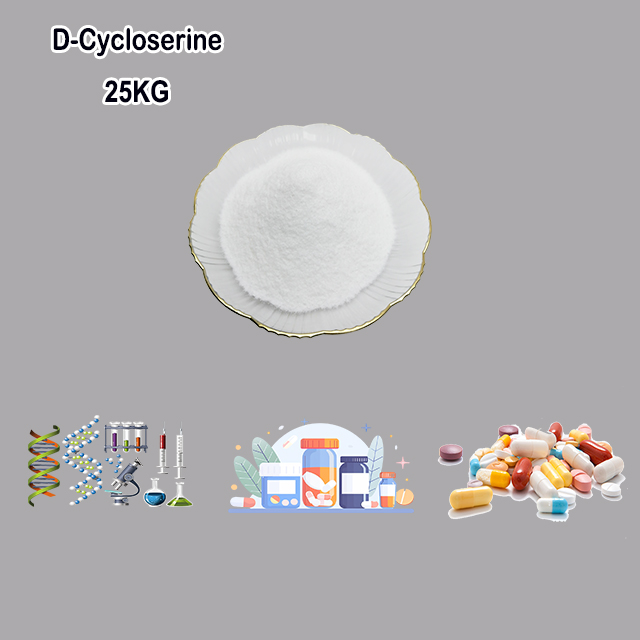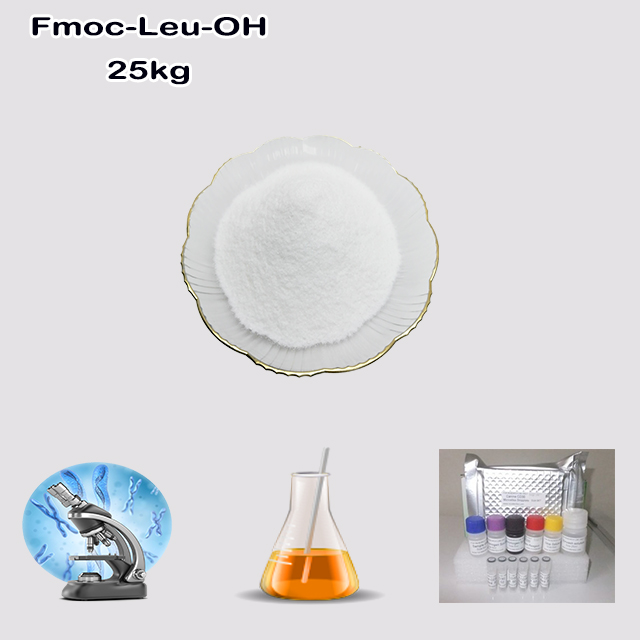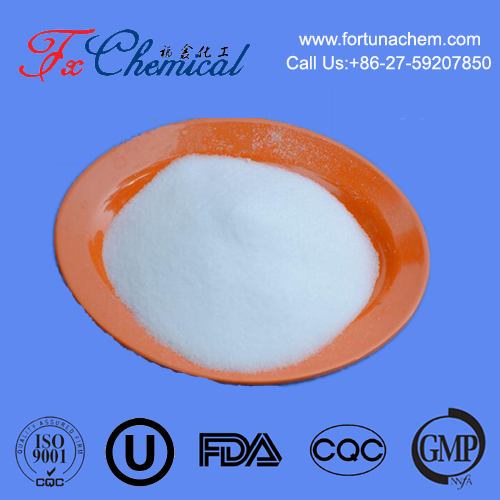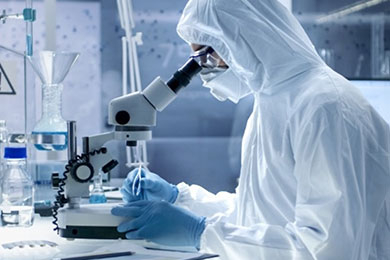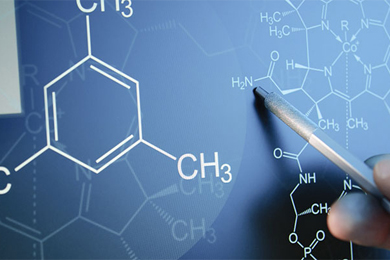
Search

Search

主图.jpg)
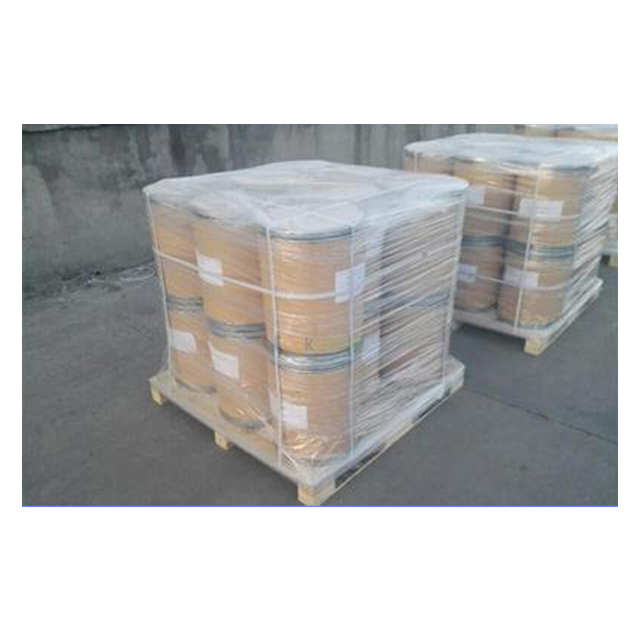

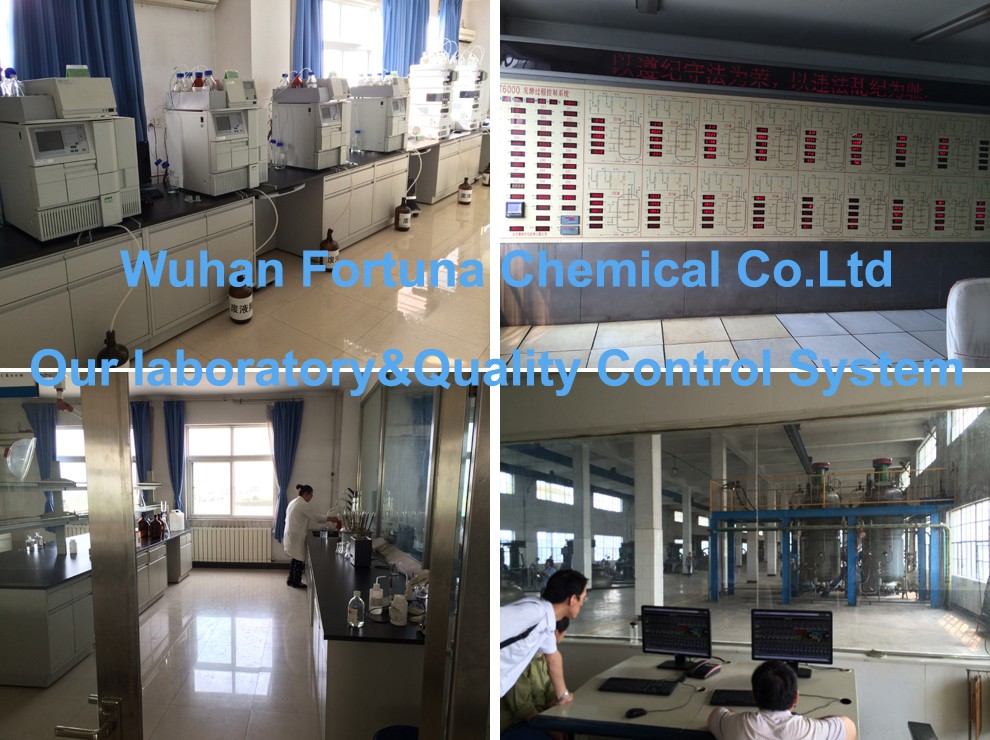
主图.jpg)



Poly(L-lysine hydrobromide) (PLL-HBr) is a water-soluble, synthetic cationic polymer derived from the amino acid L-lysine. Its key features and uses:
Structure: Linear chain of lysine monomers, with protonated amine groups (−NH₃⁺) bound to bromide ions (Br⁻).
Charge: Strongly positive at physiological pH.
Primary Role: Promotes cell adhesion to surfaces (glass, plastic) in culture by electrostatic binding to negatively charged cell membranes. Essential for culturing neurons, stem cells, and anchorage-dependent cells.
Applications:
Coating microscopy slides/culture dishes.
Immobilizing biomolecules (DNA/proteins) in biosensors.
Electrostatic carrier in gene/drug delivery.
Caveats: Cytotoxic at high concentrations/over-coating; protease-degradable (use poly-D-lysine for stability).
Poly(L-lysine hydrobromide) (PLL-HBr) is a synthetic, cationic polymer derived from the amino acid L-lysine. It's widely used in cell biology, biotechnology, and materials science, primarily as a surface coating to promote cell adhesion. Here's a detailed breakdown:
Poly(L-lysine): A linear polymer where multiple L-lysine monomers are linked via peptide bonds (amide linkages).
Hydrobromide Salt (HBr): The lysine side chains (amine groups, -NH₂) are protonated and paired with bromide ions (Br⁻). This makes the polymer water-soluble and strongly cationic (positively charged).
General Formula: [-(CH₂)₄-NH₃⁺ Br⁻]- per lysine unit.
Cationic Charge: At physiological pH, the amine groups are protonated, giving PLL a strong positive charge.
Biocompatibility: Non-toxic at appropriate concentrations (though cytotoxic at high doses).
Water Solubility: The HBr salt form ensures solubility in aqueous solutions.
Molecular Weight Variability: Available in various MW ranges (e.g., 15–300 kDa). Higher MW = stronger adhesion but potential cytotoxicity.
Cell Adhesion Promoter:
Coats glass/plastic surfaces (e.g., culture dishes, coverslips, slides).
Positively charged PLL binds negatively charged components of cell membranes (e.g., sialic acids, proteoglycans), enhancing attachment of anchorage-dependent cells (e.g., fibroblasts, neurons).
Neuroscience: Critical for culturing primary neurons.
Stem Cell Research: Improves adherence of delicate stem cells.
Microscopy Slides: Prevents tissue/cell detachment during staining/washing.
Biosensors: Functionalizes surfaces for immobilizing DNA, proteins, or nanoparticles.
Gene Delivery: Complexes with DNA (via charge interaction) for transfection (less common than polyethylenimine).
Electrostatic "Glue": Binds negatively charged molecules (e.g., DNA, RNA, heparin).
Cryopreservation: Added to protect cells during freezing.
Typical Protocol:
Dilute PLL-HBr in sterile water or buffer (e.g., 0.1 mg/mL).
Coat surfaces (30 min–2 hrs, RT).
Rinse thoroughly with water to remove excess/unbound PLL.
Dry surfaces before seeding cells.
Critical Note:
Over-coating can cause cytotoxicity – optimize concentration/MW for your cell type.
Always use sterile, endotoxin-free PLL for cell culture.
Cytotoxicity: High concentrations or residual PLL can damage cells.
Bromide Content: May interfere with bromide-sensitive assays (e.g., some halide detectors).
Alternatives:
Poly-D-lysine: Protease-resistant (longer-lasting coating).
Natural polymers (e.g., laminin, collagen).
| Poly-L-lysine | Poly-D-lysine |
|---|---|
| L-enantiomer (natural form) | D-enantiomer (unnatural) |
| Degraded by cellular proteases | Protease-resistant |
| Shorter-lived coatings | Longer-lasting coatings |

Fortunachem Provides Not Only Professional Chemical Products But Also Professional Help
Keeping you up-to-date with all the latest information, news, and events about Fortunachem!

Quick Links
Add:
E-mail:
 English
English  Español
Español  français
français  العربية
العربية 